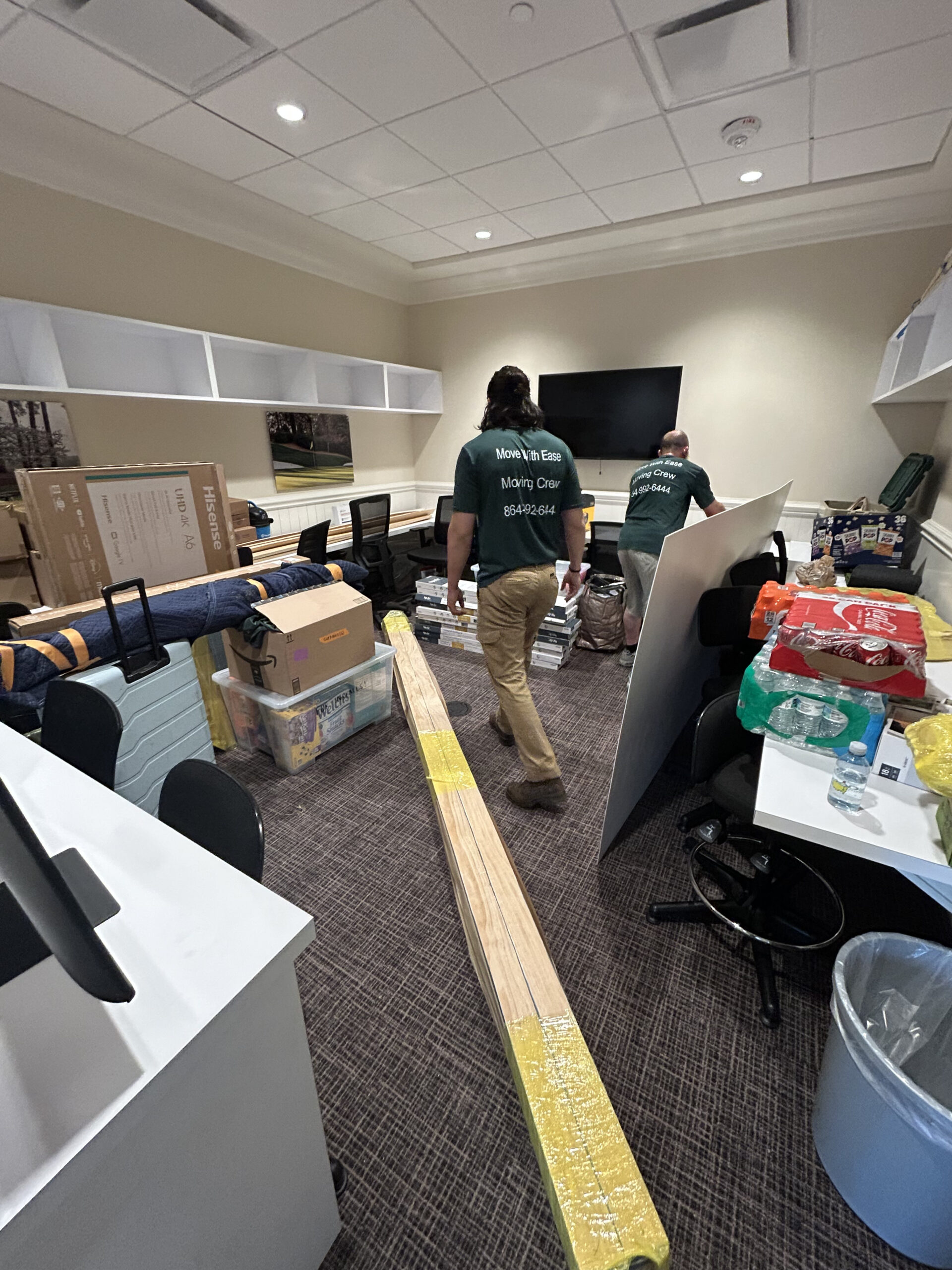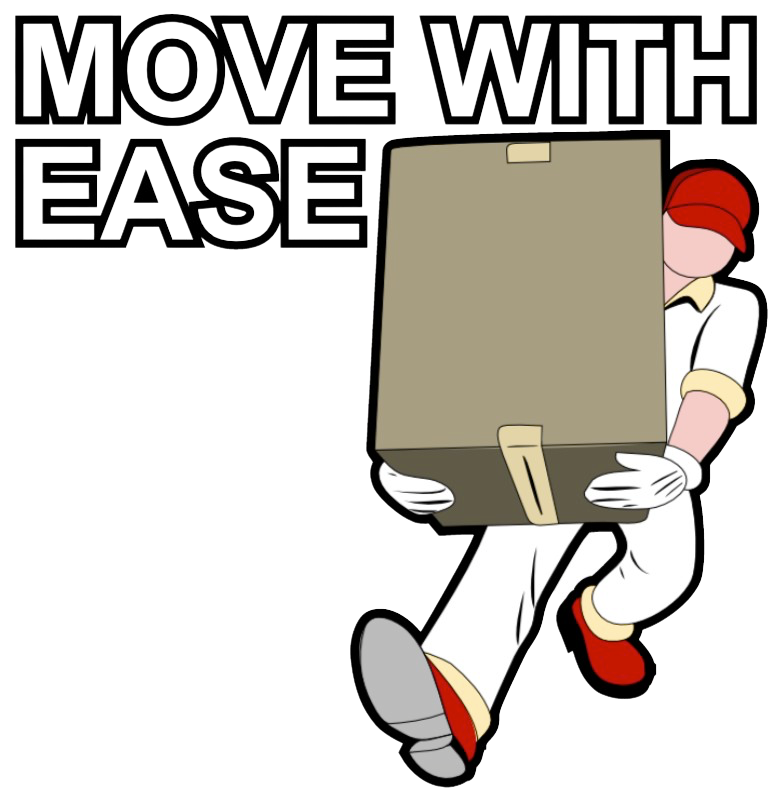Why Every Business Needs a Comprehensive Office Relocation Checklist
A commercial relocation is an exciting time for any company—it often signals business growth, a better new location, or improved business operations. However, without a comprehensive office relocation checklist, the process can quickly become a daunting task.
Whether you’re a small office or a large business office, moving to a new office location involves juggling countless important tasks—from organizing office furniture to updating contact information with relevant parties. The right plan transforms an overwhelming move into a smooth transition and a successful commercial move.
Step 1: Defining the First Step in Your Commercial Relocation
Appointing a Move Manager and Moving Committee
Your first step is to designate a move manager—someone with strong project management skills and the ability to coordinate with team members.
Form a moving committee to oversee areas such as IT setup, furniture logistics, and final preparations. This ensures no detail is overlooked in the upcoming commercial move.
Setting a Clear Move-Out Date and Project Timeline
A detailed timeline is essential. Confirm your move-out date with your property manager and factor in the current lease terms. Set milestones for tasks such as packing non-essential items, confirming service providers, and executing your decommissioning plan.
Step 2: Choosing the Right Professional Moving Company
Benefits of Hiring Commercial Movers with Decades of Experience
A professional moving company with decades of experience ensures a successful office relocation with minimal disruption. Professional office movers understand the complexities of handling valuable office equipment, IT equipment, and important items.
Comparing Moving Companies and Checking Service Providers
Request quotes from multiple commercial moving companies and verify credentials. Ask for references, confirm insurance coverage, and ensure they can meet your moving date approaches schedule.
Step 3: Preparing Your New Office Space
Conducting a Detailed Floor Plan for the New Office Layout
Before the upcoming move, create a detailed floor plan for the new workspace. Allocate meeting rooms, break areas, and individual workstations. This planning reduces confusion on moving day.
Coordinating with the Property Manager and IT Department
Work with the property manager of the new office building to confirm internet connection, phone lines, and security systems are operational before arrival. The IT department should handle IT equipment installation for a smooth office relocation.
Step 4: Organizing Office Equipment and Furniture
Deciding What New Furniture and Essential Equipment Are Needed
Moving is the perfect opportunity to invest in new furniture or replace outdated office supplies. List all essential equipment needed in the new office space.
Decommissioning the Old Office and Managing Personal Belongings
Create a decommissioning plan to clean and return the current office space in good condition. Instruct employees to pack personal belongings separately to prevent mix-ups.
Step 5: Handling Important Administrative Tasks
Updating Contact Information and Business Cards with the New Address
Ensure your new office address appears on your website, business cards, and marketing materials. Update contact information with relevant parties, including service providers and clients.
Informing Relevant Parties and Service Providers
Notify postal services, banks, insurance companies, and suppliers about your new address. This step helps avoid disruptions to business operations.
Step 6: IT Setup and Security Systems
Ensuring Internet Connection and Phone Lines Are Ready
A smooth moving process relies heavily on good communication. Confirm phone lines and internet connection are active before the move-in date.
Safeguarding Valuable IT Equipment and Data
Use protective packaging for IT equipment and establish a data backup plan. This protects against damage or loss during your successful office move.
Step 7: Packing and Labeling for a Smooth Transition
Implementing a Labeling System for Important Items
A color-coded labeling system ensures boxes are delivered to the correct new office space. Clearly mark important items for priority unpacking.
Separating Essential vs. Non-Essential Items
Pack non-essential items early and keep essential equipment accessible for quick setup in the new workspace.
Step 8: The Final Preparations Before Moving Day
Conducting a Walkthrough of the Current Office Space
Do a final inspection of your current location to ensure no important items are left behind.
Confirming with the Reliable Moving Team and Service Providers
Double-check arrangements with your reliable moving team and confirm that moving companies and service providers are on schedule.
Step 9: The Big Day – Executing the Move
Managing the Move with Minimal Disruption to Business Operations
Assign supervisors to different zones to oversee the smooth transition from old office to new home for your business.
Coordinating with Professional Office Movers Onsite
Ensure professional office movers follow the detailed floor plan for efficient unloading.
Step 10: Setting Up the New Workspace
Unpacking and Arranging Office Furniture and Meeting Rooms
Assemble office furniture, set up meeting rooms, and arrange desks according to the new office layout.
Testing IT Equipment, Security Systems, and Office Supplies
Check that security systems, IT setup, and essential equipment are operational before resuming business operations.
Step 11: Post-Move Review and Business Growth Opportunities
Evaluating the Success of the Office Move
Gather feedback from team members to assess what worked and what could be improved for future business relocation projects.
Leveraging the New Office Building as a Perfect Opportunity
A new office building can boost morale and productivity. Use the exciting time to reinforce company culture and welcome clients to your new workspace.
Frequently Asked Questions
Q1: How far in advance should I start planning a commercial move?
Start at least 3–6 months in advance to secure professional movers and prepare your comprehensive office relocation checklist.
Q2: What’s the best way to label moving boxes?
Use a labeling system with color codes for each department and include the new office location number on each box.
Q3: Should I move IT equipment myself or hire professionals?
Always let professional office movers handle IT equipment to ensure safe transport and proper installation.
Q4: What should I do with old office furniture?
You can donate, sell, or recycle it before executing your decommissioning plan.
Q5: How do I minimize disruption during the move?
Schedule the move outside peak business hours and maintain good communication with team members and service providers.
Q6: Do I need to notify my clients about the move?
Yes—send updates with your new office address and contact information to avoid missed communications.
Conclusion – Turning a Daunting Task into a Successful Commercial Move
With a comprehensive checklist, good communication, and a reliable moving team, even the most daunting task becomes a successful commercial move. Treat your upcoming commercial move as the perfect opportunity to upgrade your new workspace, boost productivity, and set the stage for continued business growth.
For more expert tips on smooth office relocation, visit Move with Ease.

